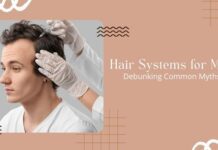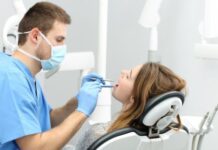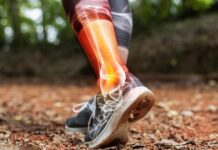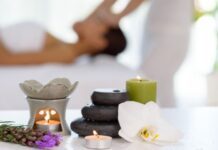In the vast forest of our body’s circulatory system, the veins are the mighty maples standing firm amidst the bustling wildlife. Like these steadfast trees, our veins are crucial in channeling life’s vital essence—our blood. But what happens when these silent sentinels of our health begin to falter?
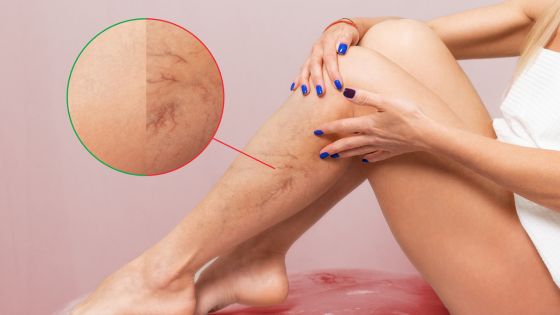

Understanding the Vascular Veins
Our veins are the highways for returning deoxygenated blood to the heart. They come equipped with one-way valves that prevent blood from flowing backward. However, when these valves weaken, blood can pool, leading to swollen, twisted veins known as varicose.
Spotting the Signs
Varicose veins are often visible beneath the skin as swollen, bluish cords. But they’re not just a cosmetic concern; they can cause discomfort, signaling deeper health issues. Symptoms to watch for include:
- Aching or heavy legs
- Swelling in the ankles or feet
- Itching around the vein
- Skin discoloration or texture changes
The Root of the Issue
Several factors contribute to venous insufficiency, including age, gender, family history, obesity, pregnancy, and prolonged standing or sitting.
Unearthing Solutions
While preventative measures like exercise, leg elevation, and compression garments offer some relief, persistent issues call for expert intervention. This is where the expertise of dedicated professionals comes into play.
Navigating the Forest of Treatment Options
Today’s treatments for varicose veins are less invasive than ever before, with options ranging from lifestyle changes to medical procedures. Some of these include:
- Sclerotherapy: A solution is injected into the vein, causing it to collapse and fade.
- Endovenous thermal ablation: Heat is used to close off the affected vein.
- Phlebectomy: Small incisions are made to remove the problematic vein.
- Laser surgeries: Light energy is used to seal off varicose veins.
Picking the Right Path
Choosing the best treatment should always be done under the guidance of a healthcare provider who understands the intricacies of vein health.
Leaves of Change: Lifestyle Adjustments
Incorporating small changes can make a big difference in managing venous health:
- Maintain a healthy weight to reduce pressure on your veins.
- Regularly move and stretch your legs.
- Wear loose clothing and avoid high heels.
- Stay hydrated to help thin the blood.
When Expertise is Key
For comprehensive care, reaching out to experts is paramount. Consulting with Utah vein specialists can provide you with personalized treatment options and state-of-the-art care.
Branching Out: Advanced Vein Care
Advancements in medical technology have opened up a range of effective and minimally disruptive treatments. These new methods mean quicker recovery times and less discomfort for patients.
Home Remedies: Do They Help?
While home remedies can offer temporary relief, they’re no substitute for professional medical advice. Always consult with a healthcare provider for a proper diagnosis and treatment plan.
The Forest for the Trees: Seeing Beyond Varicose Veins
It’s essential to look at the bigger picture regarding venous health. Varicose veins could be a sign of broader circulatory problems that need attention.
A Heart-to-Heart on Circulatory Health
Good venous health is deeply connected to our overall cardiovascular well-being. Keeping our veins healthy means taking care of our hearts too.
The Final Leaf
In conclusion, while varicose veins might not be life-threatening in their early stages, they should not be ignored. Recognizing symptoms early and seeking professional advice can lead to more effective management and treatment.
Remember, like a forest that thrives on diversity and balance, our body requires attention and care to maintain its complex systems. Keeping the “trees” of our vascular system healthy ensures that life’s blood flows smoothly through its many branches.


